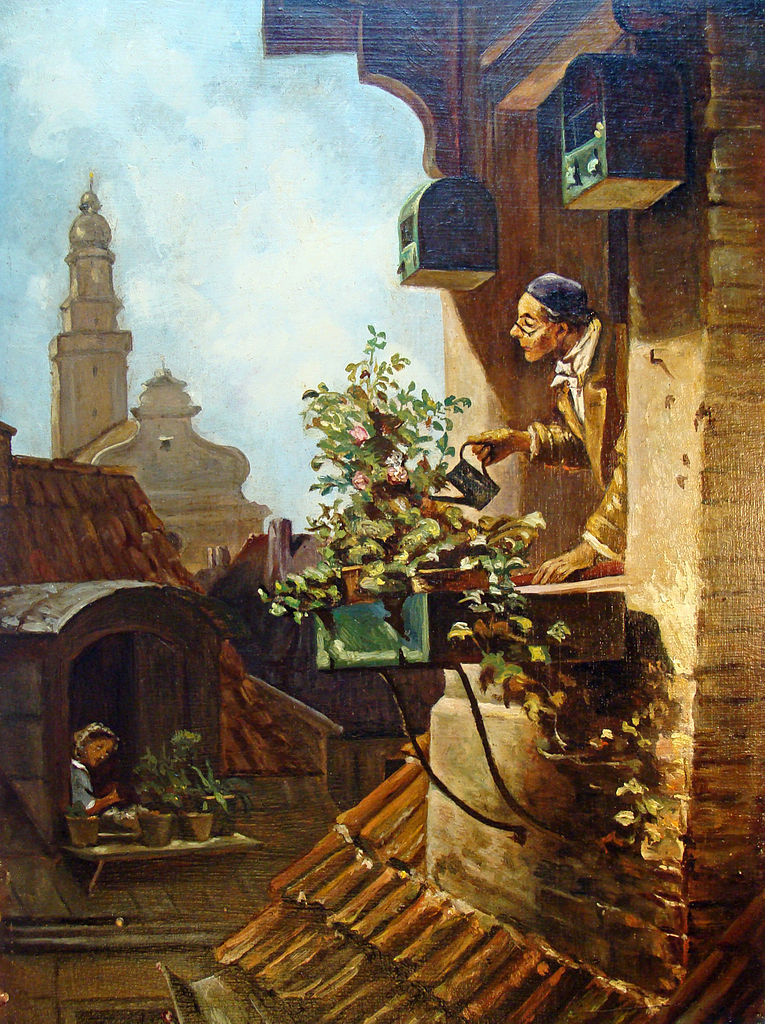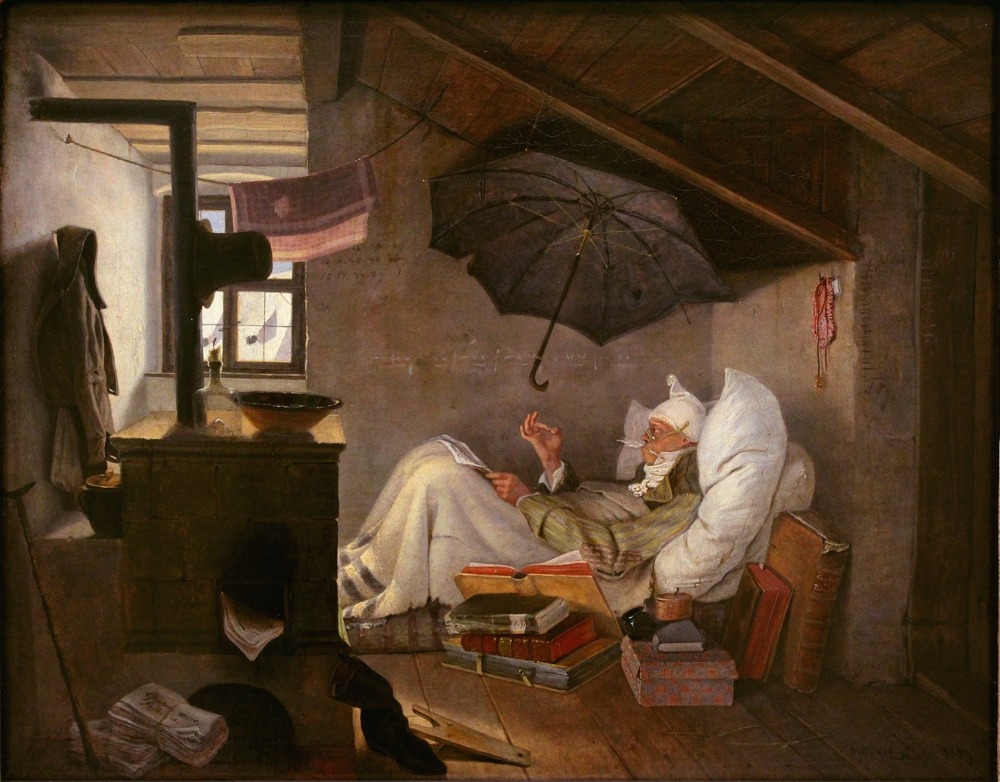 Rainer Fetting, Yellow Wall (Luckauerstraße-Sebastianstraße), 1977
Rainer Fetting, Yellow Wall (Luckauerstraße-Sebastianstraße), 1977
German painter and later also a sculptor Rainer Fetting was a part of an art movement called “Neue Wilde” which brought strong, bold colours, vibrancy and passion into the art scene dominated by minimal art and conceptual art. I already immersed myself in the mood of seventies Berlin through the film (and book) “Wir Kinder vom Bahnhof Zoo”, musically through the three Berlin-era albums by David Bowie who found the city very stimulating artistically, and now visually through Rainer Fetting’s vibrant canvases. Fetting captured the Wall in many of his canvases from 1970s and 1980s in a particularly raw and expressive way. His brush strokes aren’t wild and strong as those of the original German Expressionists were, Fetting’s paints in a rather smooth way but his use of colour would have certainly shocked the art critic who was appalled by the paintings of the Fauvists in 1905. Still, do not let the vibrant yellow, red and purples fool you; these vibrant colours are a shiny, glamorous facade that conceal the underlying alienation. Back in the age of the original Expressionists, the Wall didn’t exist obviously, but Kirchner captured the spirit of the city in a similar way that Fetting did. In Wim Wenders’ wonderful film “Wings of Desire”, a young man, before committing suicide, laments how “the east is everywhere” and the wall that Fetting had painted here is what divides the two sides. Painting “Erstes Maurbild” shows the mystery of the other side; the windows with bars looks like a prison and one can imagine the chilling silence that lies on the other side; no tree, no birdsong, just concrete alienation which Fetting frantically transformed into a rainbow of colours. Painting “Mauer am Südstern”, with its visible brushstrokes and the subdued red and ocher shades reminds me the most of something that Ernst Ludwig Kirchner could have painted. And of course, when I think of the wall, David Bowie’s song “Heroes” comes to mind:
(I remember)
Standing by the wall
(By the wall)
And the guns, shot above our heads
(Over our heads)
And we kissed, as though nothing could fall
(Nothing could fall)
Oh, we can beat them, forever and ever
Then we could be heroes just for one day
We can be heroes
We can be heroes just for one day…“

Rainer Fetting, Erstes Mauerbild, 1977, tempera on canvas

Rainer Fetting, Mauer am Südstern, 1988

Rainer Fetting, Alte Fabrik (Moritzplatz) [Old Factory (Moritzplatz)], 1978, Dispersion on canvas, 165 x 196 cm






